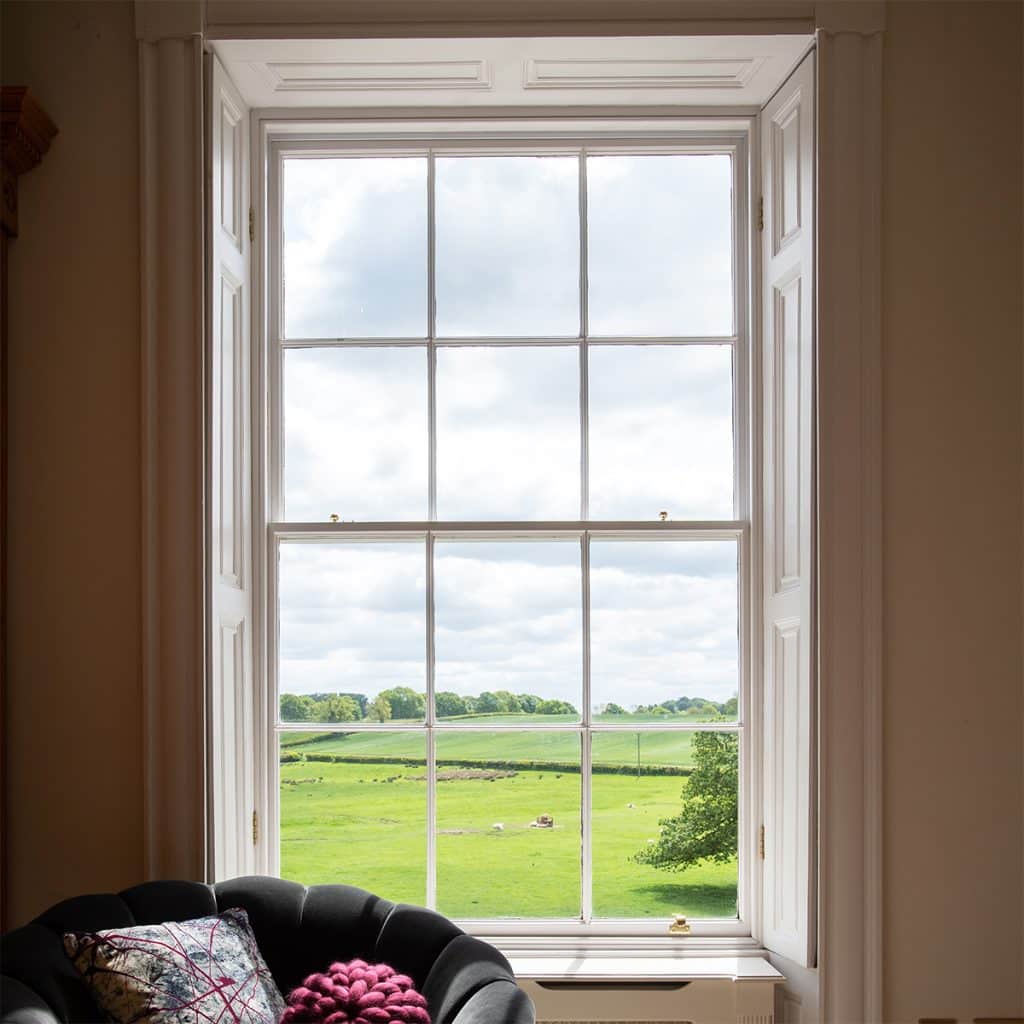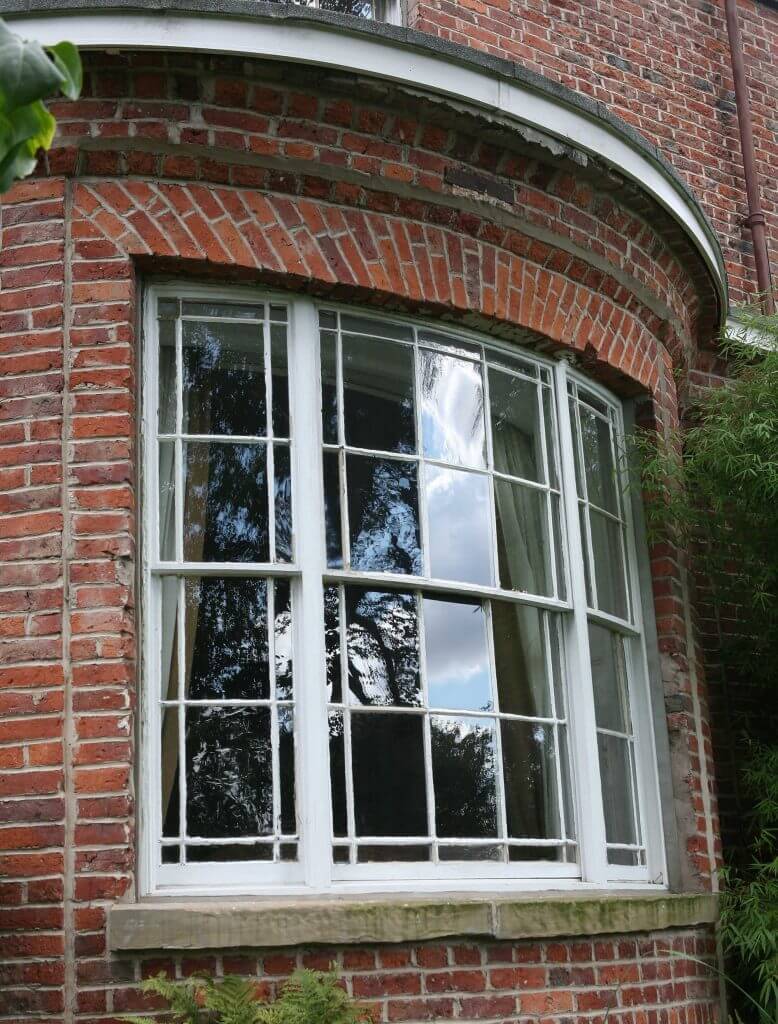The Evolution of Glass
Whatever era your sash or casement windows originate from, you may have wondered why the number of panes of glass differ depending on the period. Tastes in fashion do contribute to some design features – for example, the design of ironmongery became fancier in Victorian times. But this is not generally the case when it comes to the size of the panes or the type of glass used in different period properties.
Take the typical ‘six over six pane’ Georgian style. Eighteenth century glazing techniques weren’t capable of producing bigger panes, so the characteristic design of Georgian windows was born from necessity rather than being a style choice. As glass-making techniques developed in the 19th century, wealthier home owners could afford larger panes of glass – however, the ‘six over six’ design remained in use for properties of lower value.

But let’s start right at the beginning and take a look at the history of glass production.
The history of glass production
Back to Basics
Natural glass is formed when rocks melt from high temperatures caused by volcanic eruption, lightning or meteorite impact. Amongst the earliest man-made glass objects were non-transparent glass beads, dating back to around 3500 BCE, found in Egypt and Mesopotamia. It was the Syrians who discovered glassblowing, around 27BCE, and the Romans who used glass in their architecture, with the first clear glass appearing around 100CE.
The Arrival of Sheet Glass
German craftsmen produced glass sheets by blowing a hollow glass sphere and swinging it to allow gravity to form a long pod. They cut the ends to form a cylinder, which was cut lengthways and laid flat to form a sheet – this was known as broad glass and was widely used by the 12th century.
Bullion – or crown glass – is another form of sheet glass. This was made by spinning a glass ball to flatten it into a disc. This technique limited the diameter of the glass produced, hence the Georgian 12-pane design that we mentioned earlier. This method was used from the 1440’s till the mid 19th century when glass was no longer taxed by weight, and cylinder glass became cheaper.
Cylinder glass developed the principles of broad glass on – and the result was larger sheets, with ‘pods’ as long as 1.5m becoming possible. This was followed with Polished plate glass – hand-made by casting glass on a polished table, then grinding and polishing it. From the late 18th till the mid 19th century, this process was used in England, until machines took over. The early 20th century saw the advent of flat sheet glass – which moved on even further when lamination was introduced to strengthen glass. This new safety glass was patented under the name of Triplex in 1910.
Glass Today
It was only after World War II that Britain’s Pilkington Brothers Ltd combined the brilliant finish of sheet glass with the qualities of plate glass. Molten glass poured across the surface of molten tin spreads and flattened, and then drawn horizontally in a continuous ribbon – this is still known today as float glass. Although this process has remained almost unchanged since the 1950s, it’s been refined to a point where glass can now be produced that is less than 1mm thick right up to 25mm thick, with an optical clarity close to perfection.

If you’re looking to replicate the historical authenticity of your windows, you may be pleased to hear that drawn glass can still be produced today. This helps renovation experts, like Ventrolla, when replacing a small single pane in a larger Georgian-style window, so it still looks in keeping. To find out more, get in touch now.
